Intro
You’re reading right now. You opened the Norse Star, and for whatever the reason may be, you’ve taken time out of your day to absorb the contents of our school’s newspaper. Several facets play into that. How many other people have decided to read this? How many people read in general? Is it declining? Do you feel like one in a million right now because you’re still reading this? And maybe you’re reading right now, but how often do you read outside of this? There are many things to do besides consuming words. Social media probably takes up a good chunk of your time, and you have language arts assignments that might count as reading. Of course, you’re going to be limited by your options because there are plenty of books that have been banned from your selection. With so many factors that go into high school students’ literacy, it’s difficult to quantify the state of reading today–but you can get your reading minutes up as you follow The Norse Star’s thoughts.
Lang/ELA
Today, there are tons of resources at the disposal of teenagers for their reading habits: most specifically, Stoughton High School’s library and the Stoughton Public Library. These are usually the first places to go when looking for an outlet for their reads. However, with so much content created specifically for an online audience, teens take a different approach to these facilities.
The SHS library, in particular, contains plenty of books, but it also has magazines, newspapers, electronic resources, and printing stations. There’s not much reason for any of it to go away because school libraries are funded directly outside of the district. Additionally, half of the space in the library is taken up by the testing center, which students use to make up tests or other projects.
Kathy Gargano, the Library Media Specialist at SHS and Sandhill as well as the District Media Coordinator, oversees the library every day of the week.
“We have electronic resources, and obviously Chromebooks, which we deal with a lot,” Gargano said. “In recent years, our number of magazine circulations has plummeted because I think people are reading online more. The newspapers are used more by staff than by students, which is kind of how it’s always been. Our Chromebook loaner circulation has increased every year and our number of books going out has either stayed steady or declined somewhat.”
Due to technological advancements, there are plenty of different ways to experience a book, which may be the cause for a decline in students checking out books. Ebooks and audiobooks are common replacements for physical books. Many people also receive information through more obscure facets, like a brief Instagram story that touches on a certain topic.
The Stoughton Public Library has many of the same resources that the school library does, but on a greater scale than what the high school library can offer. It provides a place to gather, make connections, and get books and or electronic resources, but it also provides movies, video games, programming, and a place to go for anyone who doesn’t have a stable connection to the internet. There are also specific programs and events for teenagers or children to take part in.
For younger children, their experiences with the library change over time. Lots of children in elementary school tend to check out a plentitude of books at a time, yet once they reach high school, it’s the occasional drop-by to check out a loaner Chromebook.
“I think in high school, students have a lot of other responsibilities like jobs and things that they need to do after school,” Gargano said. “And so, pleasure reading, I don’t think, is as common in high school as it was in elementary school.”
The creation of the book club at the high school is yet another resource that the school provides to boost reading and literature. The club meets once a month, during lunch, to discuss two books; however, attendance has slowly declined. This is accredited to the lack of time that students have for extracurricular reading.
Language Arts classes provide lots of reading experiences. Depending on the class, you may read one book, or you may read none, but now many classes allow students to choose their own book to read instead of one required book for the whole class.
“Now with choice [books], we have more options to get a book that’s just right for the student, whether it’s the reading level higher or lower, or something that’s more interesting to keep their attention more,” Gargano said. “There are some books that parents have stated they don’t want their children to read, so then we have alternate titles for that.”
But, with all these resources, do people actually use them? Jim Ramsey, the director of the Stoughton Public Library, had a lot of information regarding these many resources.
“Gen Z, in particular, may not come to the library initially with the thought of checking out a book, but they might come here because that’s where their friends are, or we have free Wi-Fi or we have free food,” Ramsey said. “Because we have a lot of it at our teen programs, food is a big draw. So people might come for those reasons initially, but then after they’re exposed to the books […] I’ve noticed that they start to read them.”
In general, that’s what a lot of the information boils down to. Teenagers don’t exactly have the time for reading now, but that also doesn’t mean that they don’t want to read at all.
“[Generation Z] is still reading, but they’re doing it in ways that we might not recognize as traditional, like sitting down with a book. They’re engaging with content in the social media or digital space,” Ramsey said.
Stats
In general, it seems that teenagers are on their phones more and read less than other age groups. This, actually, isn’t completely true. A study published by Kathi Inman Berens and Rachel Noorda, titled, Gen Z and Millennials: How They Use Public Libraries and Identify Through Media Use, shows that millennials and Gen Z read at approximately the same amount.
“Both Gen Z and millennials are consuming books: on average, they buy one ebook, one audiobook, and two print books per month and read (including through subscriptions) 1 ebook, one audiobook, and two print books per month. Gen Zers buy and read more than millennials in all formats. Age negatively correlates with the number of print books bought per month: the younger Gen Zers are, the more print books they buy,” the study reads.
Yet, younger people still tend to prefer the visual format of a graphic novel or information gathered from other sources rather than a print book. In fact, the published study states that for high school aged readers, the top four formats over a year are entirely digital, including text messages, emails, social media, and websites, all before print books.
“Some differences exist between Gen Z and millennials in reading practices. Gen Zers are reading chats in games and web novels in greater proportions. Millennials, meanwhile, read more emails, ebooks & audiobooks, blogs, and newspapers compared to the younger group,” the study said.
Within SHS, there is a wide variety of reading practices.
Top genres:
Romance (57.4%)
Thriller/Mystery (55.3%)
Fantasy (53.2%)
Favorite books:
“The Outsiders by S. E. Hinton because I read the book in 6th grade for a class assignment, and it’s one of the rare books I wanted to keep on reading. The storyline was intriguing, and it was easier to connect to the cast. The ending had me in distraught, and one of the last lines still is stuck in my head like gorilla glue.”
“I love the book The Grapes Of Wrath by John Steinbeck. On the surface, it is a great historical fiction about the Dust Bowl and the Great Depression in America, but it also blends Biblical metaphor, pro-worker protest, and commentary on the human condition into one beautiful story.”
“Probably The Starless Sea by Erin Morgenstern because it was more creative than any fantasy book I’ve ever read. I loved all the characters, and the world she created is encapsulating. I couldn’t put that book down.”
Does social media (booktok) help or hinder literacy?
“I think it is good for attracting more people to reading, and that is always a good thing. However, it seems that the phenomenon of book tok is causing a lot of repetition in the YA genre especially. I’ve also seen an increase in the amount of adult romance books being suggested to younger audiences, which I don’t find exactly appropriate. I might sound like an old person, but I don’t think middle schoolers should be reading Colleen Hoover. I am very against book banning; however, I think that BookTok has advertised these romance novels (that are not good examples of healthy relationships) to young audiences.”
“I think that it can help literacy because it has definitely exposed me to more books that I have read and loved but probably wouldn’t have read unless I saw them on social media. But I will say that booktok has also definitely hindered literacy because there are some books that I’ve heard mixed opinions and reviews about, so I’m unsure if I should read them. Social media is a way for people to recommend books and find something new to read, but it can also deeply affect what people read.”
Social media
Chances are, you’ve gotten a notification on your phone at some point while you’ve been reading this article. It could have been from Snapchat, Instagram, or maybe TikTok. It could have been fifteen minutes before you started reading the article. Or, maybe you’ll get one shortly after you close this magazine, or close out of the tab you’ve been reading the Norse Star on.
Now, you may be thinking, what the heck does my Snapchat feed have to do with reading? Why does what I watch on TikTok relate to this article? It’s quite simple. Social Media can dictate what you read, or whether or not you read at all.
Recently on the rise is a subcommunity on TikTok known as “BookTok.” BookTok recommends and discusses newly released, or soon-to-be-released books, among viewers and content creators. The sub-community will hype up these novels to get as many people to read them as possible. Recommendations can be helpful to those who want to read, but don’t necessarily know what. This, predictably, boosts the number of teens and kids who read.
But are teens really getting the most out of BookTok? Basic media surfing has shown that most, if not all, of the books in the community are relatively new releases. Nowhere to be seen are classic novels, like The Great Gatsby or Of Mice and Men. At the moment, most readers are probably thinking along the lines of: Those are just some stuffy old books I was forced to read in high school Language Arts!
Okay, yes, they are, but the reason they’re classics in the first place is because they teach the reader something about life. BookTok books, on the other hand, don’t seem to be known for hard-hitting life lessons. They’re more known for the steamy romance they bring to the table. Can Colleen Hoover and Sarah J. Maas teach us about life in the same way F. Scott Fitzgerald or John Steinbeck can? Only time will tell on that front.
Touching on the topic, there are a few newer releases that contain some heavier themes. One such book is Legendborn by Tracy Deonn. The novel touches upon themes such as dealing with grief and handling racial injustice.
How about in the classroom itself? What effect does social media have on reading there? “Social media is a huge distraction for kids getting done with work in class,” SHS Language Arts teacher Mark Weinstock said.
When kids are given in-class time to do their work–which includes reading–some students choose instead to scroll through Instagram or TikTok. This, of course, is a distraction from the task at hand and, by extent, a distraction from reading. Even so, there are still a number of kids who do work on their assignments in the time given to them. Weinstock also went on to say that the use of social media isn’t black and white.
Social media can be used for both good and bad purposes, or purposes that lie somewhere in the grey. Similarly, it can both help and hurt the literacy of teenagers. Sometimes it can distract from a good book, though, sometimes, it may just help you find that book in the first place.
Psych
Reading is all in your head, literally. Toni Fischer, a SHS History and Psychology teacher, Student Senate advisor, and Homework Club advisor, states that lots goes on in the brain when you are reading. From a psychological perspective, in the first seven years of life, our brains make a ton of neural connections, with the goal being that later on in life, we will be able to visualize, understand, and apply our reading to the world around us.
“When we’re younger, and we’re reading, we’re making a lot of neural connections, whether it be recognizing the word that we see on the page or the sound that we’re hearing that the letters make as they go together,” Fischer said.
Beyond that, gender plays a role in how our minds comprehend reading.
“We know the human brain is set up slightly differently for […] males and females. We know the female brain is much more left-side or language-oriented. When it comes to reading, what we tend to often see is that females will develop reading skills much faster than males will,” Fischer said.
That is why females are generally more engaged in jobs that involve a lot of reading and writing. Beyond how reading and gender can affect future endeavors, reading can also be a positive addition to your life and mental health.
Reading can release dopamine and reduce stress for those who genuinely enjoy reading. Whether someone genuinely loves reading or not can depend on how much they’re able to connect with the book, which has a lot to do with how much they can envision it.
“When people are reading, some people are very, very literal with what they are reading,” Fischer said. “[If] it’s talking about a specific flower, they would visualize just the outline of that flower, but there are other people that when they’re reading, and it’s giving that description, they see it in all its detail, color, shape and size. Different readers visualize what they’re reading to different degrees, which makes the experience either really basic and kind of boring or fantastic.”
Fischer believes that the educational system forcing the youth to read books they aren’t interested in impacts their psychological love for reading later on in life. Not only that, but when we read a fantasy book compared to a book about science, different areas of our brain are in use because certain areas are dedicated to specific topics.
For those who want to make reading a more potent habit in their own lives, Fischer recommends setting time aside for reading similarly to how we set aside time for work or sports. While psychologically, reading is exceptionally important, Fischer states that just reading when you get the chance is sometimes more important than daily reading.
“I do think that it’s important that everybody does set aside some time to be able to read, [but] does it have to be every single day? No, but I think just taking the time to learn something more will help you learn more about yourself, which is always important.”
Banned books
“Banned books” are two words that have been a hot topic in the world of literacy and politics. A banned book is a book that is challenged by the public, which results in the book being removed from the shelves. SHS Library Media EA Nicole Shum has experience with the process of books being banned.
“[It’s] based on policy, individual policy based on the school, the district or the library. A lot of times, there’s a written complaint that [someone has] to submit. Then, it’s generally reviewed based on the policy; it might be taken off the shelf,” Shum said.
For perspective, according to the Milwaukee Journal Sentinel, books that have been banned in Wisconsin include A Court of Thorns and Roses series by Sarah J. Mass, Last Night at the Telegraph Club by Malinda Lo, The Sun and Her Flowers by Rupi Kaur, The Perks of Being a Wallflower by Stephen Chbosky, and Beloved by Toni Morrison. The banning or censorship of books has been a serious issue in many states, from Florida to Michigan and Wisconsin. Currently, Florida leads the nation in book bans since Ron Desantis signed the Curriculum Transparency Act on March 25, 2022.
“What the bill did was it gave the schools the right to pull out any books that they want based on whatever their own parameters are,” Shum said. The Curriculum Transparency Act allows groups like Moms for Liberty to censor books and ban them entirely from shelves without a certified rhyme or reason. However, Florida is not the only state with these issues; Michigan recently conducted a similar act of censorship.
“In Michigan, they just defunded their own library,” Shum said. “They voted to defund their library because there were [books] that had information about LGBTQ lifestyles, storylines, and main characters. So they chose to defund [their library] because they would rather not have their community have access to those things.”
In Wisconsin, there is currently a bill in process that would give the ability for parents to censor their kids and invade their privacy indirectly. Generally, the majority of public library systems will not automatically record your checkout history. In theory, once you have returned a book, it disappears from your account, and the library can never know what you have read and what you have not.
“You’re protected if you check out a book. […] Just like somebody can’t open your mail, that’s against the law. People can’t know what you have checked out,” Shum said.“What Wisconsin is doing right now is saying that students should not have that right and that parents should always be able to access what they are checking out. Curse words. This bill, along with the Parents Bill of Rights, would require all school librarians to alert parents about what kids under 16 are checking out from their school library.
“A good library has something to offend everyone,” Shum said. A beneficial source for anyone looking for banned books or more information on them is Diverse Bookfinder. An article on the Diverse Bookfinder that Shum believes should reflect the values of a sound library is the windows and mirrors theory.
“Windows and mirrors, you want people to see themselves reflected in the collection, but then you also want to give them windows into new and different things that they haven’t experienced. A good collection will be maybe 10% reflective and 90% of Windows,” Shum said. Beyond the windows and mirrors, the banning and censorship of books hold people back from learning more about themselves and others.
“The New York City Public Library, you can get an online digital card for free, and you are able to read all the banned books through there; please check that out if you’re having a difficult time accessing them,” Shum says. The term “Banned Books” is two words that have the ability to either help or hurt our nation. According to Shum, when you ban a book, “You’re silencing people and not only silencing the people, but you’re depriving the rest of your community from having that experience or being able to explore those perspectives or viewpoints.”
Outro
To Rebecca Rousseau, a Stoughton High School language arts teacher, reading is more than just words on a page.
“Reading opens up people to new worlds and allows people to connect and find similarities within themselves […] reading can be relaxing, a form of escape.” Beyond that, regardless of what books you may have read and disliked, Rousseau states, “You never know when you’re gonna fall in love with an author or find something fascinating, just keep an open mind.”
Shum provided some tips for anyone who wants to read but needs help knowing where to start; beyond using audiobooks as a useful tool, sometimes a shorter book does the trick, too.
“Something about being able to get through a book propels me to the next book. Give up after a couple of chapters; if you’re not into it, get yourself a new book. There are far too many good books in this world to sit through something that you’re not enjoying. You will find a style that will pull you in and engage you; just keep looking,” Shum said.
Reading is what you make it, and for Rousseau, reading is also who it makes us into.
“Everyone should read when they can because it’s what makes us human. […] People’s stories matter and the way we keep those stories alive is by reading them.”


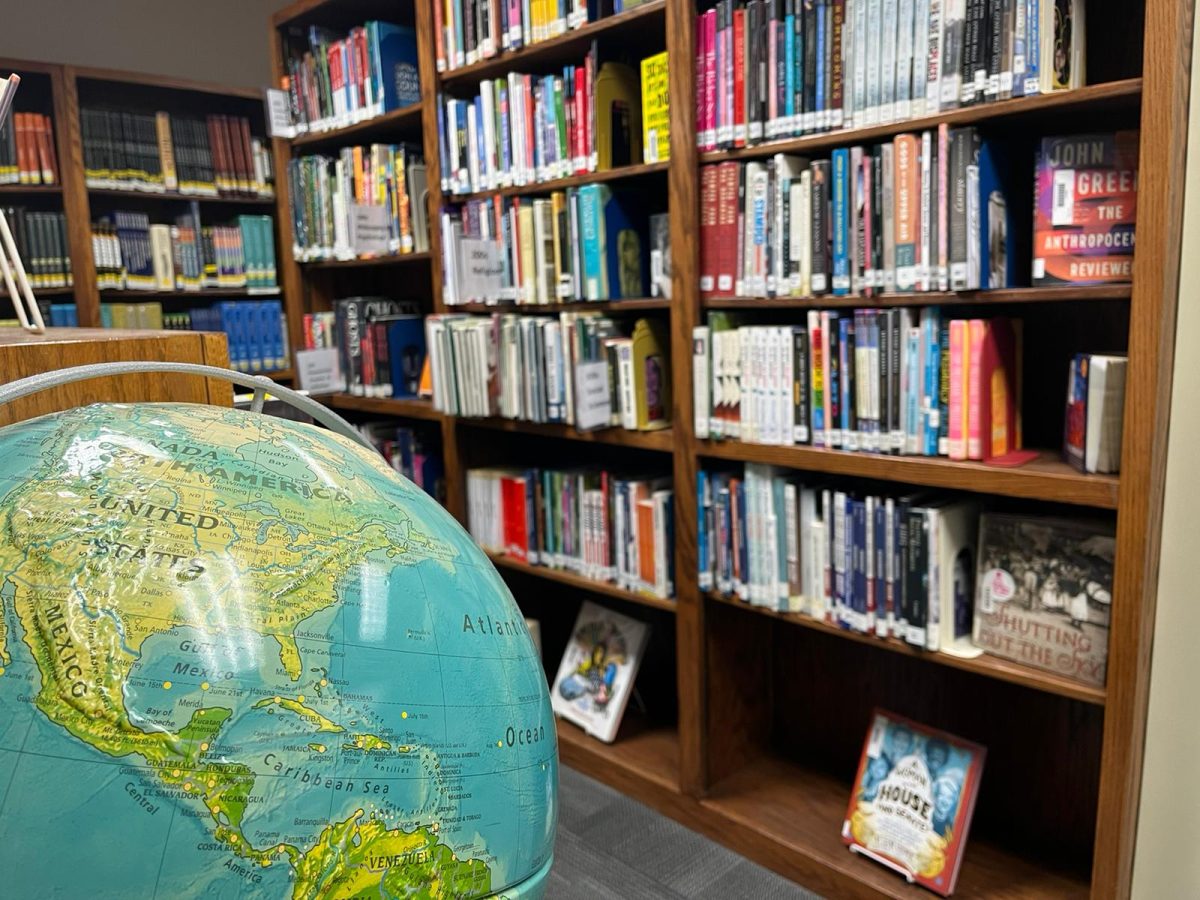
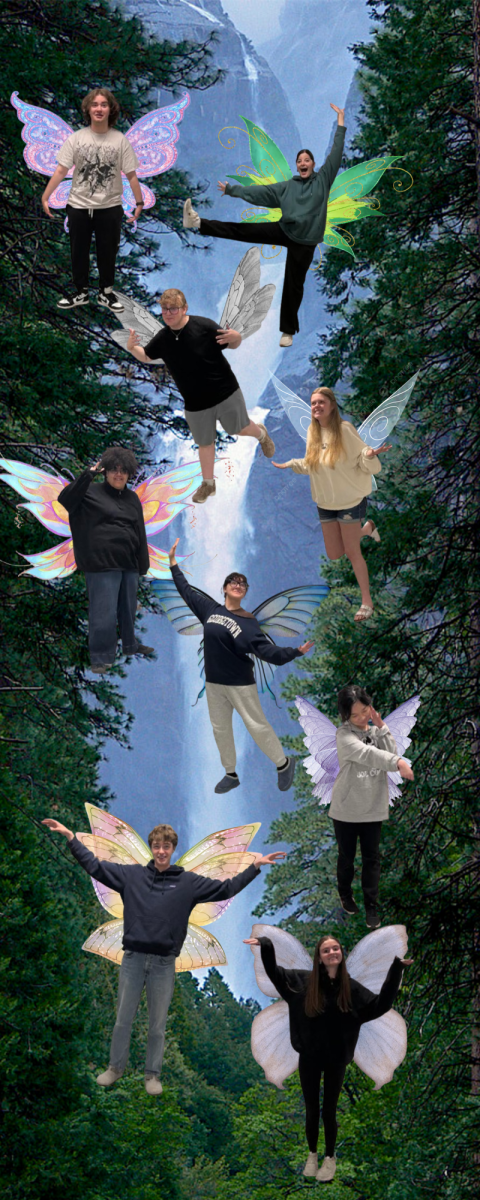
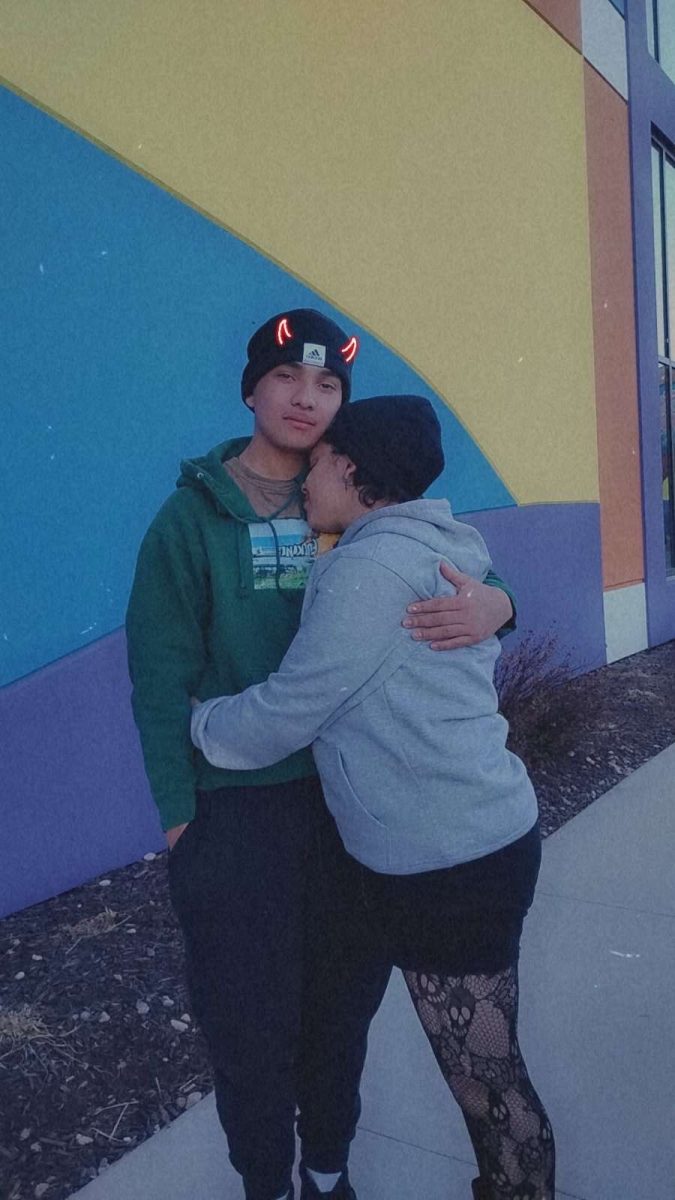
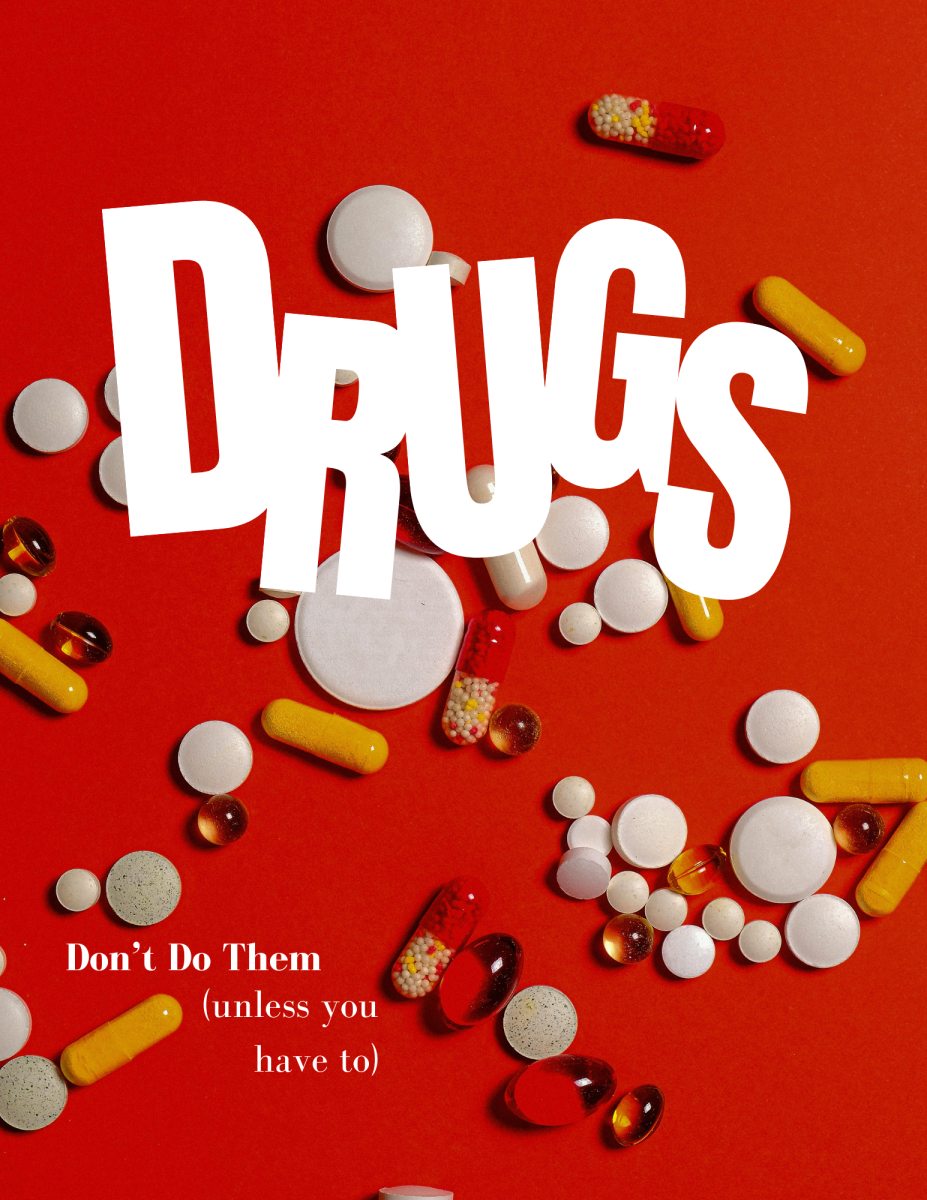
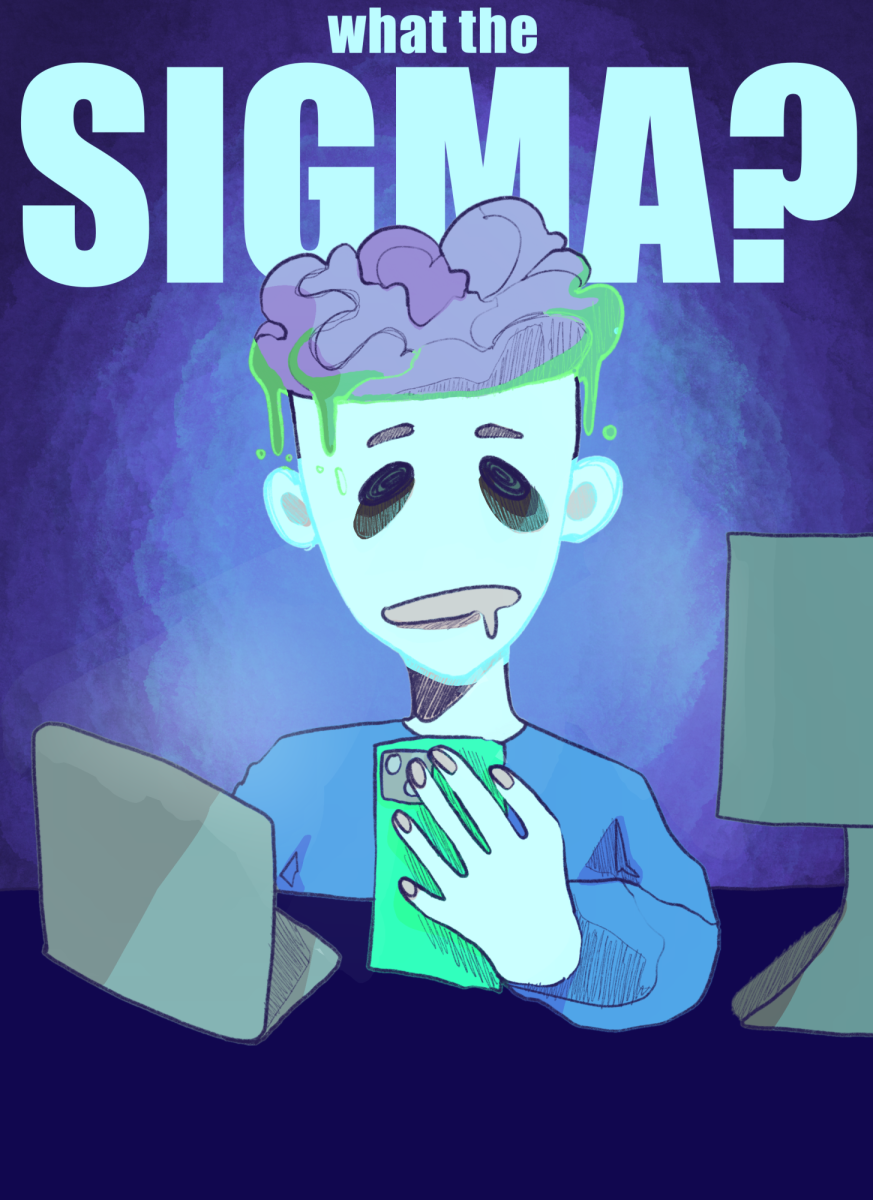

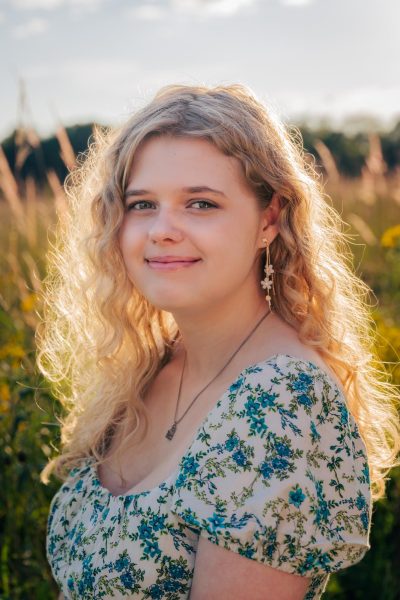
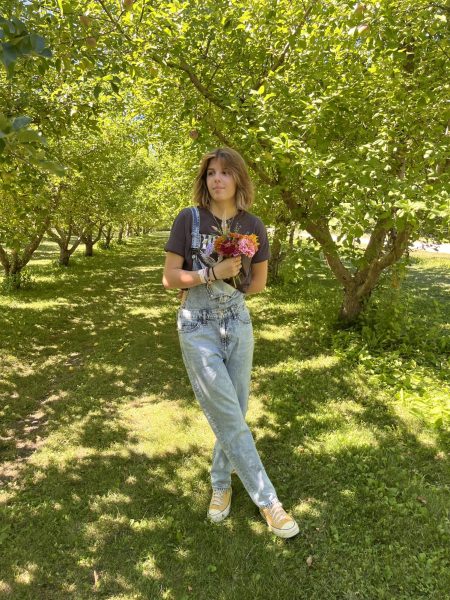
Tim Burkhalter • Feb 8, 2024 at 9:17 am
Nice article on the current state of reading among today’s youth. The section on Social Media is especially good!